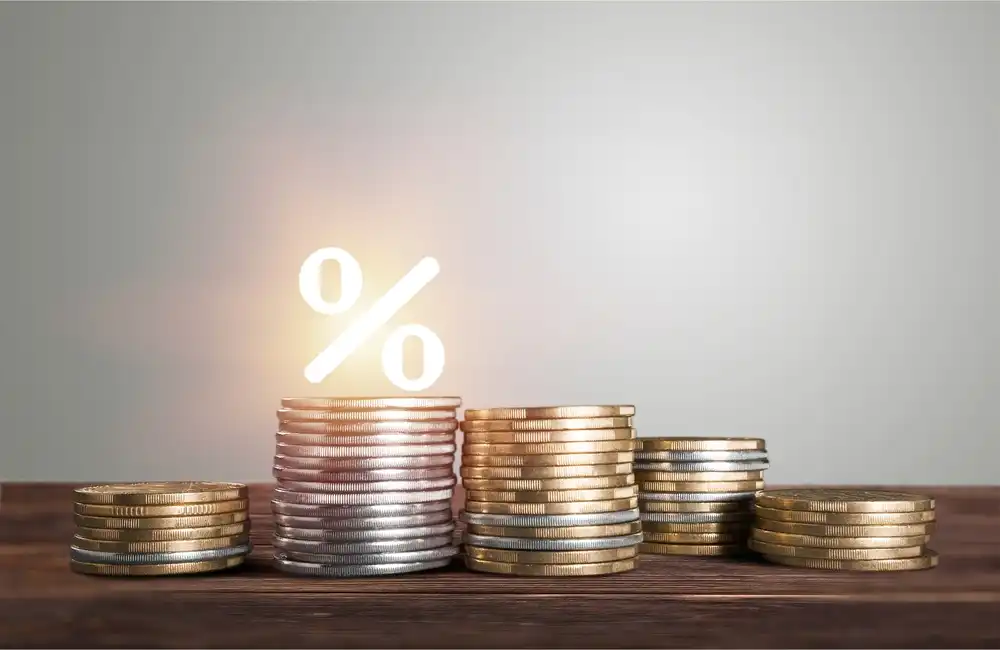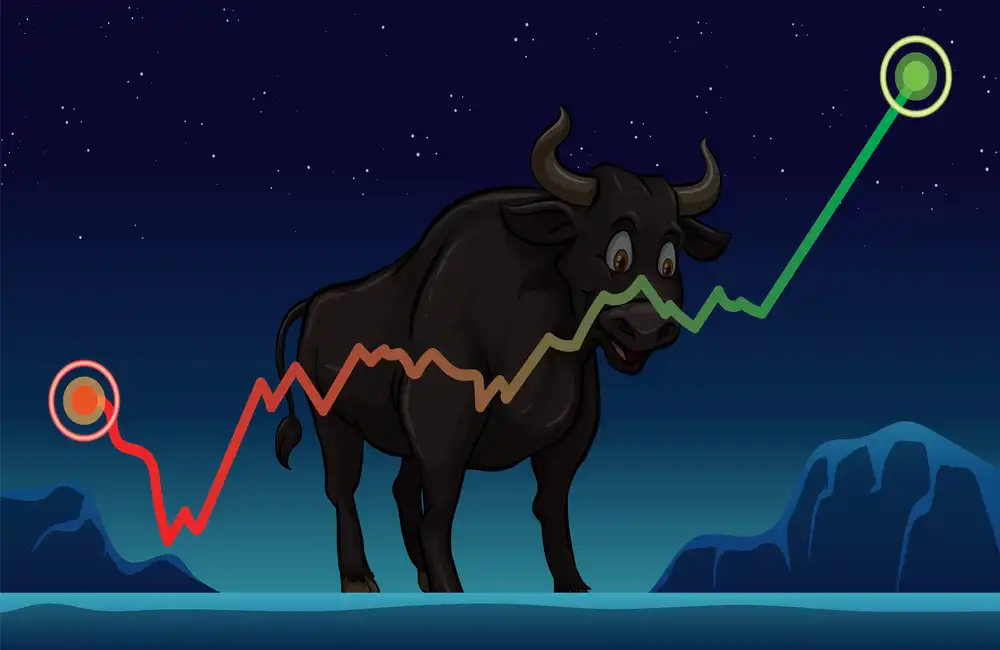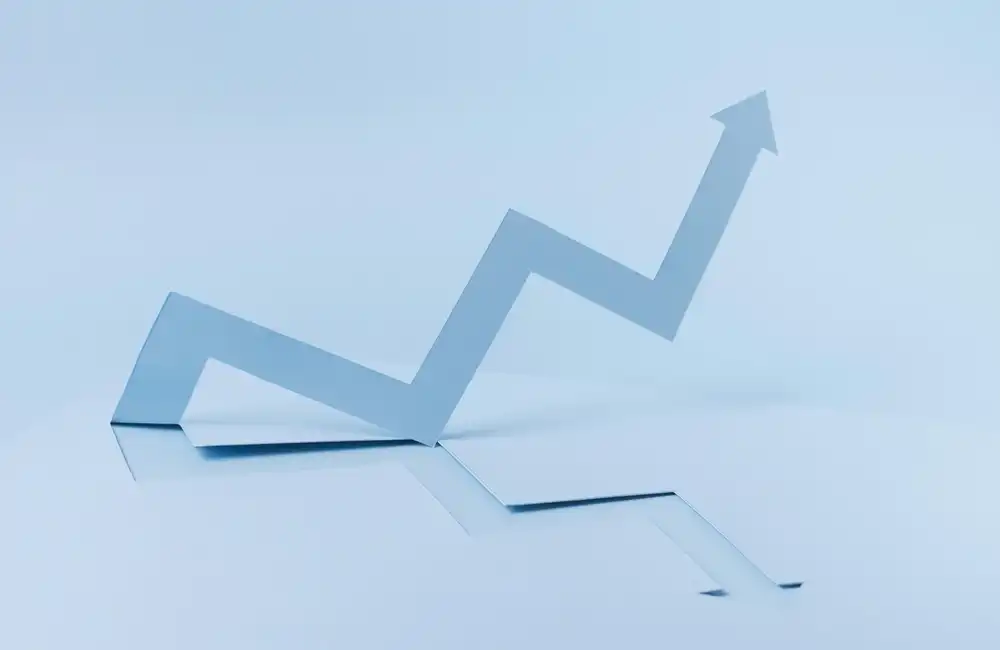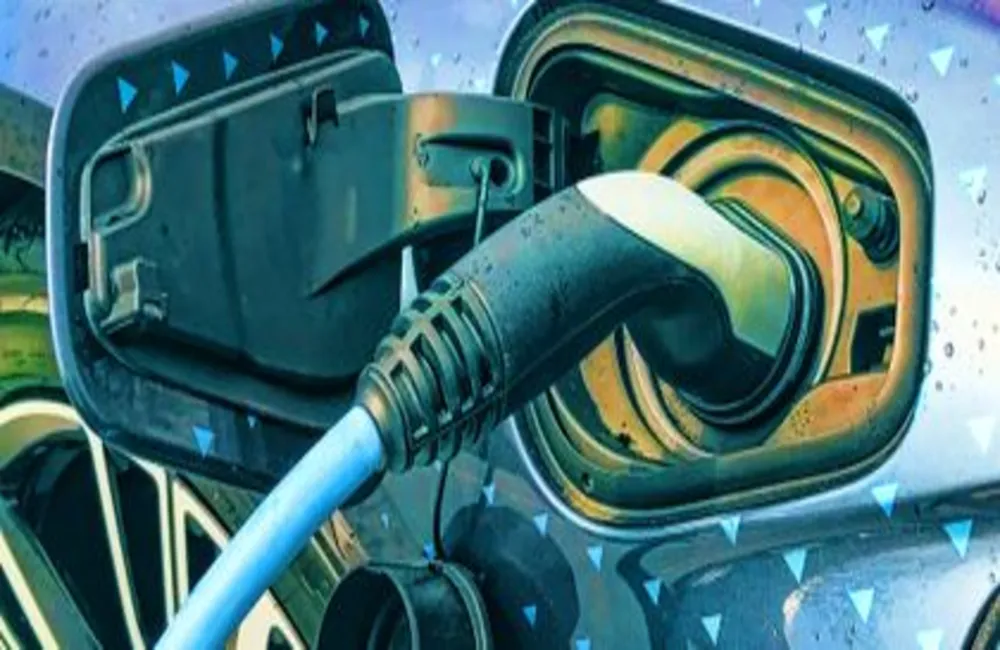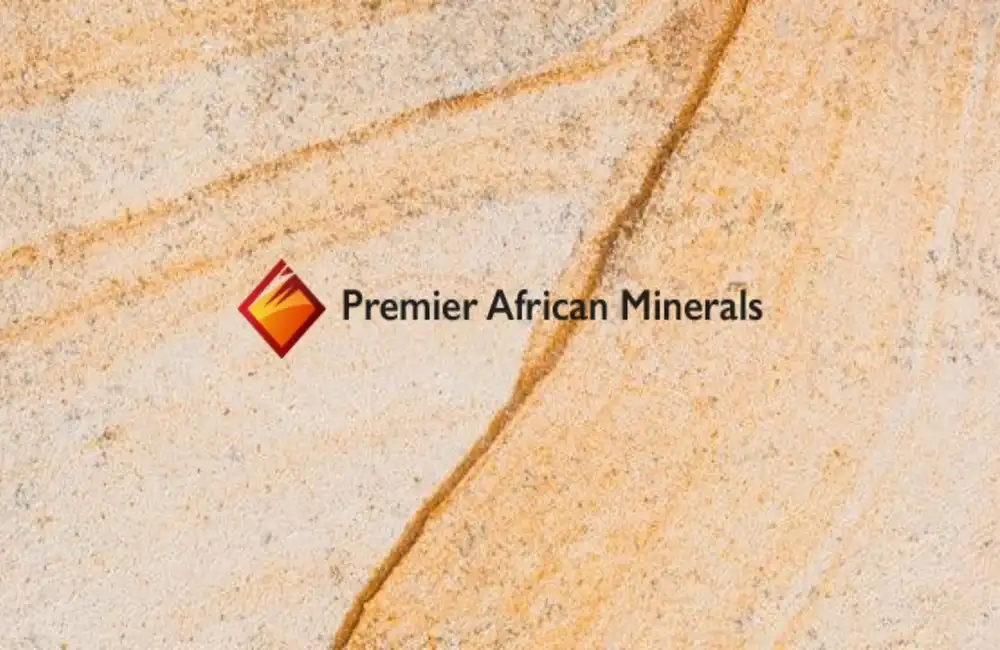Speakers at the London Metal Exchange's LME Week Focus seminar held Oct. 27 said shortages of key metals used in electric vehicle batteries were not expected to happen, with the possible exception of nickel, said speakers at the London Metal Exchange's LME Week Focus seminar.
Manganese, a widely used mineral usually associated with steelmaking, will be the cathode material of choice in the future, while changes in battery chemistry may affect range performance expectations and shift infrastructure needs for the sector, said specialists at management consultancy McKinsey and Exawatt, a cost forecaster.
“We have more than enough materials for the EV revolution, as the materials will change in the first place,” Ken Hoffman, an expert with McKinsey’s Basic Materials Institute, said. “There are no long-term mineral shortages.” Both cathode and anode changes will be made, he insisted.
“It’s a big push now on manganese, also ultra-thin and lithium metal and silicon; some chemistries could be left in the dust by solid state,” Hoffman said. The rise in manganese demand from 34,000 mt in 2020 to around 360,000 mt in 2030 is assumed in the US.
Less expensive lithium iron phosphate batteries are increasingly taking market share from traditional lithium nickel manganese cobalt batteries to a growing extent, the panelists said. Compared to NMC, LFP batteries contain a lower amount of lithium, which means less will be available in LFP batteries out of the two.
Lithium prices have more than doubled this year as demand for the lightweight metal used in EV batteries has remained strong even as a global economic slowdown has begun.
Using all-lithium salt conversion, assessed lithium carbonate down $100/mt on Oct. 25 during bullish market sentiment at $73,900/mt, after still being above the $1,100/mt mark on Oct. 18. Lithium hydroxide was flat on the day but up $300/mt on the week at $80,500/mt.
“We have been worried about nickel for a while,” Hoffman said. “The world looks very short nickel as it is with current chemistry and production, but that will change. We’re excited about the coming of age of manganese.”
Batteries need Class 1 nickel
Nickel, which could see a market tightness after 2023, he noted.
There will also be technological advances to encourage production of both nickel and lithium, the McKinsey specialist said. Direct lithium extraction is also being developed as a "clean" alternative to traditional lithium brine production, and as much as 3.4 million mt/year of lithium could eventually be spurred onto the market by 2030 through improved extraction techniques, he added. DLE and similar processes are under development in various projects.
Global lithium consumption was 163,000 mt in 2014, possibly 850,000 mt in 2023, Hoffman said.
“There is no structural deficit we have supply and we have demand and they clear at price,” he insisted. There may well be an oversupply of lithium in the future, he added.
Range expectations
Simon Price, CEO of Exawatt, a cost forecaster, agreed that lithium demand could reach 2 million mt/year in 2030 and that there is no shortage of the light metal, although the price has risen recently as battery makers' massive appetites have weighed heavily on EV battery pack prices.
Moreover, “a broad shift to LFP would ease pressure on lithium supply, which would also be the case with wider adoption of sodium-ion batteries,” Price said.
The only way to bring EV costs to the consumer down is to change battery chemistry, so this needs to happen if society is to continue to uptake EVs, he added.
“Cost of vehicles will be an increasingly important consideration,” Price said. “Thus, battery pack sizes need to be reduced as well.”
It also means batteries will have to be designed differently in the future: a smaller battery, theoretically cutting present-day battery sizes by a factor of two, might get tired sooner and have a shorter range than larger batteries, which are even easier to charge.
When it comes to what consumers want from an electric vehicle, a big consideration is range, Hoffman said, while Price said the industry doesn’t need massively long range because a typical car journey around the globe is about nine miles.
An EV with lower range however requires an effective charging network, including “widespread ultra-rapid charging on major thoroughfares, improved fuel consumption and powertrain efficiency, alternative vehicle configurations, such as range extenders, and new vehicle ownership models,” he said.
“So there are several things that we can do to reduce lithium demand,” Price said. “The challenge of this decade is to lower lithium intensity.”


